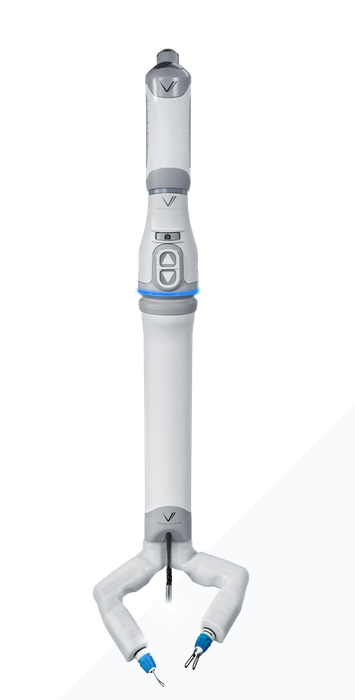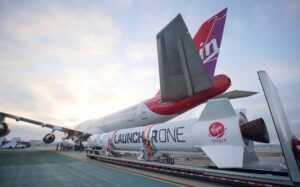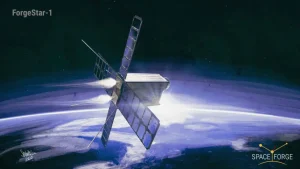Robotic Surgeon Set for International Space Station Trials
6th Aug 2022
The International Space Station (ISS) is preparing to test a robotic surgeon, which could one day perform surgery independently on humans in space. The robot’s maker, Virtual Incision, announced on 2nd August that NASA recently awarded a grant to enable the project’s implementation.
After sponsorship and years of support from NASA, the Nebraska-based scientists have created MIRA, which stands for Miniaturized In-vivo Robotic Assistant.
The miniature robotic surgeon heads to ISS in 2024. Once there, it will demonstrate its ability to cut simulated tissue.
The potential of MIRA
MIRA is the creation of Shane Farritor, a professor at the University of Nebraska-Lincoln’s College of Engineering.
In April, NASA announced that they had granted the university $100,000 to prepare MIRA for the test mission in 2024.
Professor Farritor said the following:
“NASA has been a long-term supporter of this research and, as a culmination of that effort, our robot will have a chance to fly on the International Space Station.”
Scientists believe this robot could one day remove shrapnel from a soldier injured by an explosive thousands of miles away or repair an astronaut’s ruptured appendix during a mission to Mars.
A small but revolutionary robot
MIRA is basically a long robotic cylinder, which has two moveable prongs at the base. It only weighs two pounds. Both of the prongs have two tiny tools at the end. One is to cut objects while the other tool clasps objects.
After years of R&D and testing are completed, it will eventually be used to cut and hold heal human tissues and organs. Naturally, extensive safety testing is needed first.
“As people go further and deeper into space, they might need to do surgery someday.’ Professor Farritor said.
“’We’re working toward that goal.”
The goal in 2024 is to fine-tune the robot’s operation in zero gravity. Professor Farritor believes it will take between 50 and 100 years for MIRA to function on its own.







Thank you for your comment! It will be visible on the site after moderation.